Warfighting Concepts Take the Right Path
 |
Experiment participants collaborate in the U.S. Joint Forces Command's Distributed Continuous Experimentation Environment (DCEE). The DCEE is a dedicated experimentation facility that allows the command to test and evaluate new concepts and prototypes with military personnel worldwide. |
Futuristic operational concepts are making their way from the laboratory to the warfighter faster through a process that is more often associated with technology than theories. During the past year, the U.S. Joint Forces Command has been focusing on field experimentation with prototypes of concepts that address the unique challenges the joint military environment poses. The experimentation program, known as the Joint Prototype Path, helps identify the pros and cons of proposed concepts and allows military personnel to become familiar with approaches that are being considered for the future.
The transition of concepts into operational reality is a difficult challenge. New capabilities developed in laboratories move neither automatically nor seamlessly from the experimental environment into the hands of warfighters. A capability becomes accepted only after it has been demonstrated to provide real improvements for its users. Sometimes the experimental solution works well in theory but is less capable in the warfighting environment. At other times, warfighters may not see the need to adopt a new concept because they focus on near-term issues while experimenters are looking at next-generation capabilities.
The Joint Experimentation Directorate (J-9) at the U.S. Joint Forces Command (JFCOM), Norfolk, Virginia, is helping to bridge this gap. Because the command plays a central role in the transformation of joint warfighting capabilities, one of its tasks is to think through how ideas translate into operational reality. “The bridge between concept and reality is the joint prototype. JFCOM will take concepts that are mature and build joint prototypes that can undergo experimentation in the field,” says George Bowers, director, Joint Prototype Path, JFCOM.
“Without joint prototypes, new ideas, however promising, may remain in the lab and not make it to the field, leaving critical needs of joint force commanders unmet. The Joint Prototype Path will help us mature concepts into prototypes. If these prototypes demonstrate value, they will make their way into the hands of combatant commanders who will use them to strengthen their warfighting capability,” Bowers states.
This effort to close the gap between operational reality and joint force experimentation is a top JFCOM priority because Gen. Richard Myers, USAF, chairman of the Joint Chiefs of Staff, directed the command to develop a model joint command and control construct. Known as the Standing Joint Force Headquarters (SJFHQ), this construct must be fielded to the combatant commands by 2005.
The command’s joint prototyping efforts feature two elements. Fielding the SJFHQ is the first component, while the second is to put joint prototypes into the hands of combatant commands and other warfighters so that more detailed and collaborative experimentation can occur. Experimenting with joint prototypes will help JFCOM ensure that the capabilities it develops are effective in real-world environments. It also helps joint commanders better understand the utility of a new joint concept to their own specific warfighting challenges.
The Joint Prototype Path emerged as an important part of joint concept development and experimentation after Millennium Challenge 2002, or MC 02, (SIGNAL, July 2002, page 51). In more than four years of dedicated experimentation, JFCOM developed and tested a number of capabilities that promised to improve joint warfighting. The experiment’s scenario was set in 2007; however, the sample capabilities examined during the event interested a number of combatant commanders because they offered solutions to pressing military challenges.
Maj. Gen. James Dubik, USA, director of JFCOM’s joint concept development and experimentation, believes MC 02 changed the way joint experimentation is conducted, encouraging field experimentation with new joint prototype capabilities. “The power of MC 02 was that the combatant commanders saw the effectiveness of our emerging concepts and wanted them for themselves—quickly. Our prototype path capitalizes on this interest and incorporates the interests and concerns of our partners in all aspects of our prototypes,” he says.
Prototypes are used to evaluate design, performance and production potential. Joint prototypes include what JFCOM refers to as conceptual prototypes, which may include the physical model of a capability and also may involve nonmaterial elements, such as tactics, techniques and procedures, concepts of operations or new and different approaches to a particularly challenging military problem.
The SJFHQ is itself a conceptual prototype, the general maintains. “The SJFHQ incorporates both physical and nonphysical aspects. We are going to deliver it to combatant commanders as a weapon system, completely integrated with its concepts, training strategy, program standards, a manning plan and supporting material systems,” he explains.
The command has made significant progress in embedding prototype experimentation within combatant command exercises, service war games and military operations. JFCOM views combatant command exercises as a unique opportunity to examine prototypes in challenging real-world environments. JFCOM prototypes have already been explored in some 14 different exercises worldwide and seven of the nine combatant commands. By experimenting with prototypes in multiple locations, joint prototyping incorporates detailed testing of capabilities and provides the command with multiple data points that can be used to measure the value of new prototypes.
Rick Paradiso, director, prototype integration, J-9, JFCOM, explains that JFCOM has worked aggressively to develop these prototypes with interested military commands collaboratively. “We really believe that our mission demands that we see how our ideas work in the field. Getting them into the hands of potential users and incorporating their feedback is central to getting joint prototyping right,” he says.
Currently, JFCOM is experimenting with seven joint prototypes, each the result of notional concepts explored during MC 02. The SJFHQ prototype organizes a joint force commander’s staff for the information environment. Unlike today’s functional joint staff structure where personnel, intelligence, plans, logistics and operations functions are separate directorates on the planning staff, the SJFHQ is organized around the combined functions of command, plans, operations, knowledge management and information superiority. Because it is a permanent group, the SJFHQ eliminates the often difficult transition between peacetime, crisis and conflict.
“The SJFHQ is a centerpiece of joint force transformation. It is organized to take advantage of network capabilities to improve the speed of command and lessen the often ad-hoc nature of traditional joint task force operations, giving the commander a better trained, more flexible command and control capability,” Paradiso offers.
The second prototype that JFCOM is exploring is the collaborative information environment (CIE), which ties the elements of the SJFHQ together and is a first step in moving networked collaborative tools into military command and control. Because it is a conceptual prototype, it is both a set of tools and a process to establish a networked, collaborative computer environment. The CIE promotes common situational understanding and awareness for commanders and staffs without time and space limitations.
The operational net assessment (ONA) is the command’s third prototype. It encourages the production of coherently aggregated and appropriately synthesized information and, used correctly, results in better knowledge and understanding of an operational environment. The ONA is a continuous, dynamic analysis of the enemy’s total war-making capability and identifies those capabilities, assets, connections, loyalties, networks and other assets that are important and most valuable to the adversary.
The fourth prototype JFCOM currently is developing is effects-based operations. It uses the systemic perspective developed by the ONA to plan, prepare and execute operations. Effects-based operations take advantage of networked knowledge and the resulting understanding of the adversary and battlespace environment to translate policy at the national level into specific operational and tactical actions and directly influence the commander’s desired end-state for a military operation.
The joint interagency coordination group is the fifth JFCOM prototype and includes other government agencies in the effects planning process. It facilitates improved information sharing and coordination across the interagency community.
The sixth prototype is called the joint fires initiative. It deals with coordinating the services to assign long-range or indirect fires support in a timely and precise manner. Tactical units do not care who delivers support or by what means—artillery, aircraft, naval gunfire support or any other service capability—just that it arrives where and when they need it. The joint fires initiative allows a unit to obtain fire support more accurately and quickly regardless of the service that provides it.
Finally, the joint logistics common relevant operational picture, or LOG CROP, is JFCOM’s seventh prototype. It is employed to manage and use large, complex and interrelated volumes of logistical information efficiently. LOG CROP will develop a shared understanding of the logistics situation among pertinent commands and allow commanders to improve support for the deployment, employment and sustainment of a coherently joint and multinational force.
Gen. Dubik is confident that these joint prototypes will be a success. “Even though our prototypes are not fully ‘complete’ when they enter prototype experimentation or even when they emerge from our labs, potential users have been enthusiastic because they address a set of military problems that previously remained unmet for joint warfighters,” he says.
Jeffrey J. Becker is a military analyst working in the Joint Experimentation Directorate, U.S. Joint Forces Command.
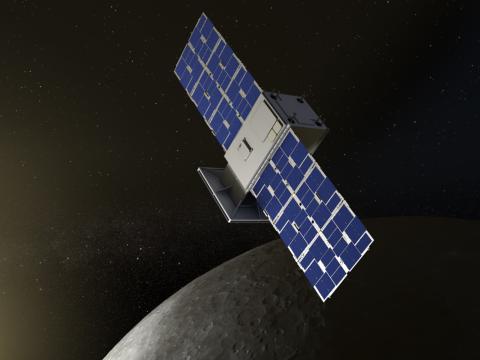
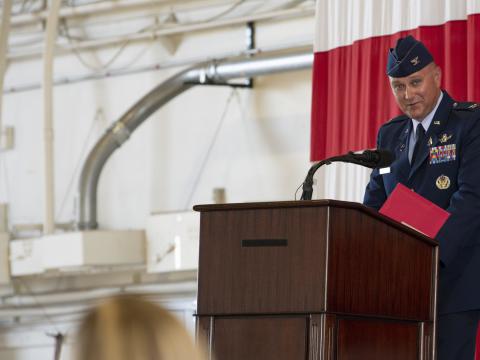

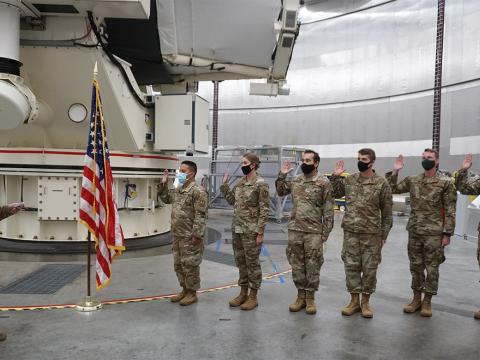
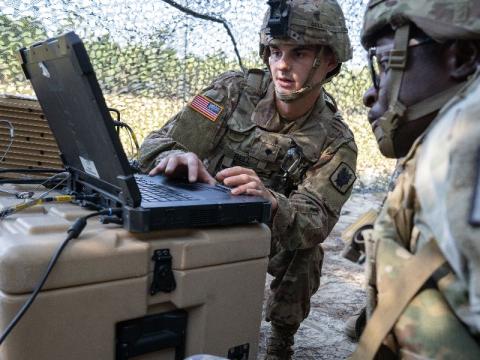
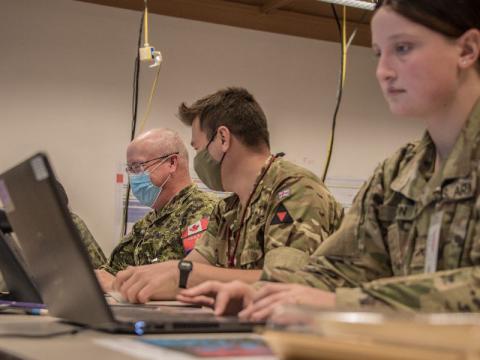
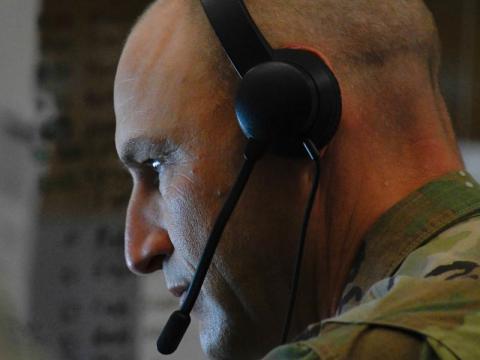
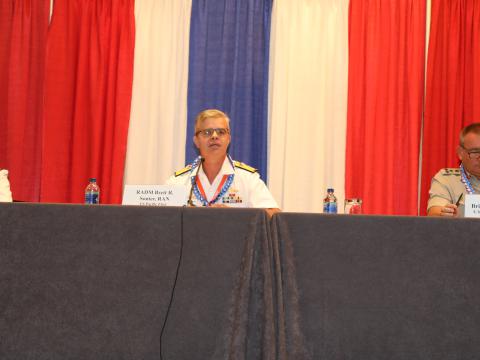

Comments